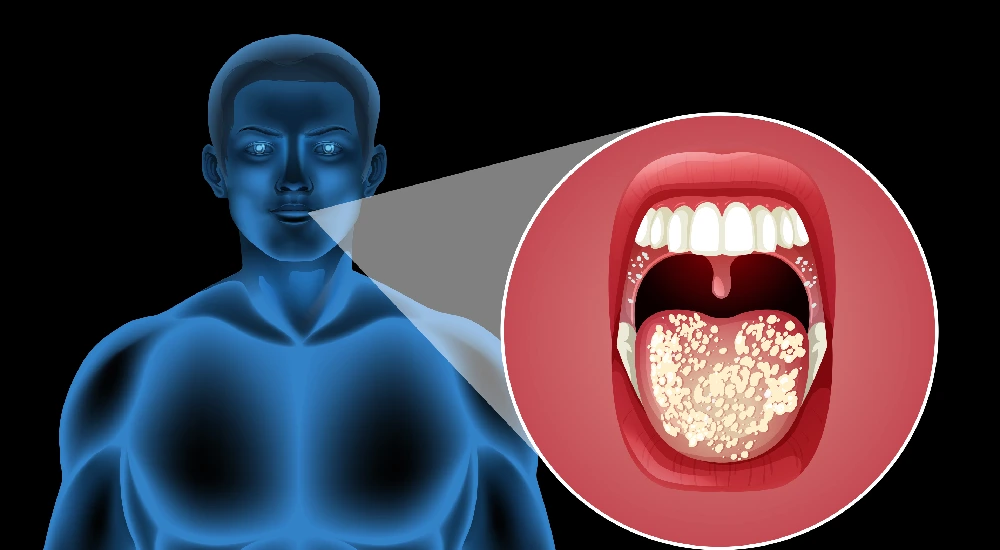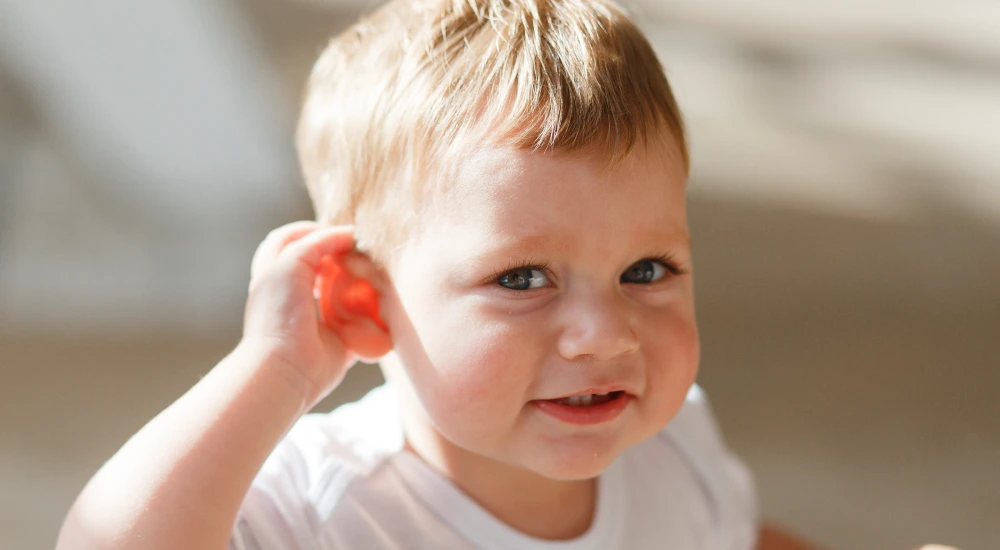
Stuttering - Causes, Diagnosis and Treatment
Stuttering is one of common speech disorders in children, especially between the ages 2-4. Usually, stuttering vanishes in kids by the time they are 5 or 6 years of age. If not, early medical intervention by a Speech Therapist is highly recommended.
Also known as stammering and disfluency, stuttering differs from child to child. Stuttering is characterized by repeated words, excessive usage of fillers and sounds, slow or uneven rate of speech, and halting between words.
The medical complications caused by stuttering are next to zero but it can leave a big impact on a child's ability of effective communication, and social life. Sometimes, stuttering children get exposed to mocking and unnecessary attention which may leave a permanent impact on their mind.
What are the causes for stuttering?
There are many factors that result in stuttering. A thorough diagnosis that evaluates both the physical and mental condition of the child or person will reveal the exact reason. Here are a few causes that lead to stuttering.
- Growth-related : Developmental issues in speech and language abilities can lead to stuttering.
- Neurophysiology The development of speech control areas in the brain influences the signals between the vocal muscles and brain. Even though it is commonly seen in children, elders who have undergone a stroke or severe psychological trauma may start stuttering.
- Family history : In a few cases, stuttering runs in the family. Many such cases could be treated if treatment made available in the early stages of childhood.
Keep an eye on the stressors
Usually each kid finds it difficult to pronounce certain consonants and sounds. As a parent, observing the speech for these stressors and helping the therapist with the same will be useful during the therapy.
Diagnosis for stutter
f the child is finding it difficult to communicate, and using repeated words, gaps, sounds, and fillers when they talk, it is time for you to visit your nearest ENT hospital or seek help from any of the best speech therapist in your area.
The speech language pathologist (SLP) will assess the stuttering, followed by a probe to understand if the child has shown any developmental issue in the past, family history of stuttering, and whether it is a neurogenic or psychogenic stutter. Followed by a thorough analysis the speech therapist will move to the next step - treatment.
What is the treatment for stuttering?
Speech therapy is all that a kid needs to get over with stuttering once and for all. Even though the therapy needs to be changed, altered, or improvised child to child, it proves to be effective in most cases.
The speech therapist will explore all the options available in speech therapy for children. And these options include focusing on speech patterns, observing where exactly stuttering occurs, rate of speech, laryngeal traction, and breathing patterns.
The therapist will also explore the options of using electronic devices such as hearing aids that warn whenever the kid stutters, reduce the background noises so that the child listens to his or her own voice.
Practicing one’s own voice on a daily basis will help children to understand where they are stuttering and help them avoid it consciously. Later on, the continued practice will allow them to avoid it subconsciously.
There are other treatment and therapy options such as acupuncture, breathing techniques, meditation, and advanced methods such as electric brain stimulation.
The role of parents and family support in speech therapy
The role of parents in creating a stress-free environment is extremely important in the process of speech therapy. Encourage the kid to get more social, help them make some friends who are understanding and helping.
Stuttering in adults as a result of severe trauma, or brain injuries, or a stroke, could be treated with the help of speech rehabilitation.
Speech therapy treatment and techniques are getting improved day by day, nurturing the hopes of millions of children. But the earlier you involve a therapist in treatment, the better the results would be.
If you observe the abnormal speech, lip tremors, blinking eyes frequently, and frustration or refusal to speak, get in touch with your experienced speech therapy specialist as soon as possible.
Share This Story, Choose Your Platform!






